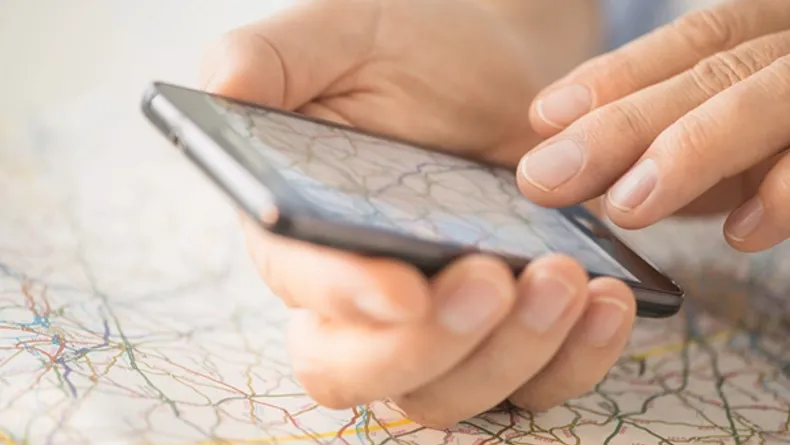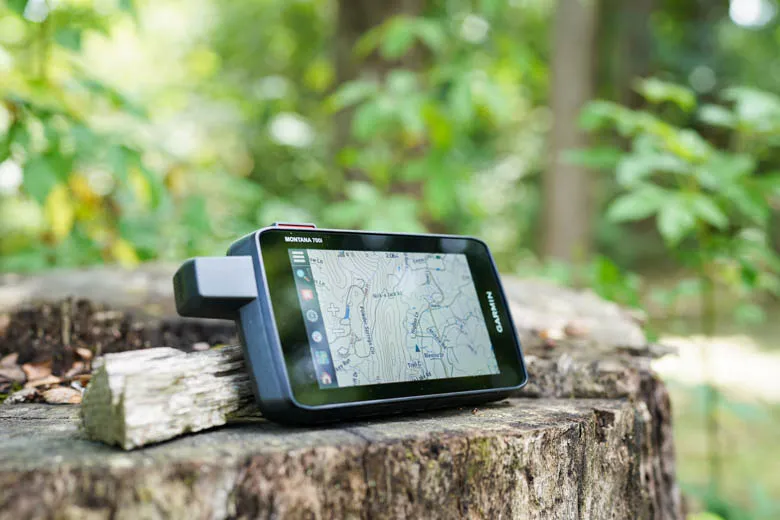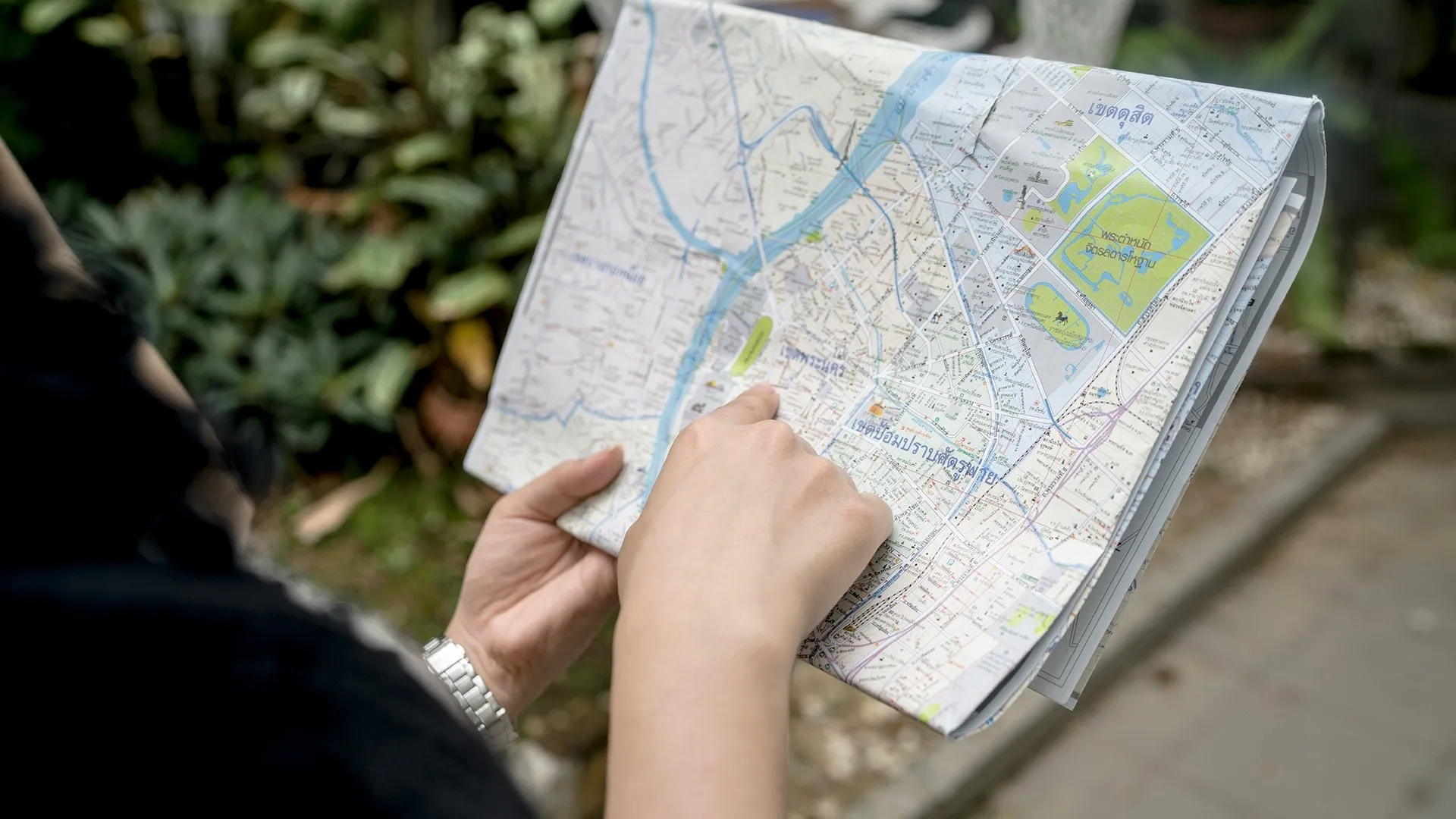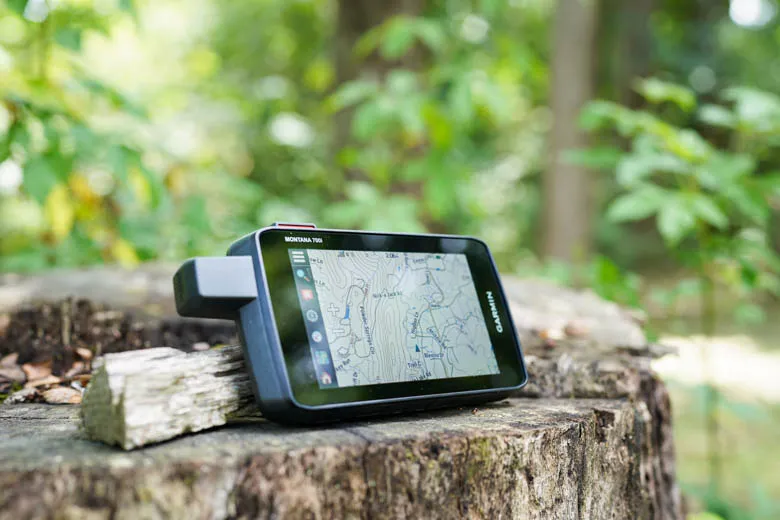Navigating through the wilderness requires careful planning, and choosing between GPS vs. map navigation can significantly impact your outdoor experience. At National Park Shops, we understand the importance of reliable navigation tools for hikers, campers, and adventurers alike. This guide will help you weigh the pros and cons of both GPS devices and traditional paper maps to ensure you're always prepared. Whether you're a tech-savvy trekker or a map-reading purist, understanding GPS vs. map navigation will empower you to make smart, safe choices on every journey.
GPS vs. Map Navigation: Which is Better?
When planning an outdoor adventure, the debate of GPS vs. map navigation often arises among hikers, campers, and explorers. Both navigation tools offer unique advantages and have specific scenarios where one may outperform the other. Understanding the strengths and limitations of GPS devices and traditional paper maps is essential for safe and efficient navigation. In many cases, experienced adventurers recommend using a combination of both, ensuring redundancy in case technology fails or traditional methods become impractical.
The discussion of GPS vs. map navigation isn't merely about preference, it’s about situational suitability. GPS offers real-time location tracking, route planning, and user-friendly interfaces. On the other hand, paper maps provide a broad overview of terrain, reliable usage without batteries, and essential skills in map reading. Choosing between the two often depends on the complexity of your route, the reliability of your technology, and your level of outdoor experience. A deep understanding of GPS vs. map navigation enables you to make informed decisions tailored to your specific journey.

Benefit of GPS Navigation
One of the most significant advantages of GPS in the GPS vs. map navigation debate is its real-time location tracking. Unlike paper maps that require manual orientation, GPS devices can pinpoint your exact position within meters, eliminating guesswork in dense forests, deserts, or mountainous regions.
Key benefits of GPS navigation include:
-
Preloaded maps and route planners: GPS units often come with detailed maps, route planning features, and waypoint marking capabilities, streamlining trip organization.
-
Elevation data and weather updates: Many modern GPS devices provide terrain profiles, altitude information, and even real-time weather alerts.
-
Emergency SOS functions: Advanced models offer built-in emergency signaling features, ensuring help is just a button away when needed.
For those who struggle with topographic map reading, GPS simplifies orientation with user-friendly visual interfaces and audible directions. Another standout advantage in the GPS vs. map navigation conversation is the ability to record and retrace routes, crucial for off-trail explorers who need to navigate back to their starting point. Downloading maps for offline use ensures access even in remote areas without cellular coverage.
Additional practical benefits of GPS navigation include:
-
Customizable alerts for course deviations, reducing the risk of getting lost.
-
Digital route sharing, fostering collaborative trip planning and community engagement.
-
Continual technological advancements, such as real-time traffic data and terrain analysis.
These functional advantages demonstrate why GPS often takes precedence in the GPS vs. map navigation debate for convenience-driven travelers. However, integrating traditional map-reading skills ensures a well-rounded navigation strategy that prepares adventurers for every scenario.
>> Read More: How To Read a Hiking Trail Map Quickly and Easily

Disadvantages of GPS Navigation
Despite its many advantages, GPS technology comes with notable limitations in the GPS vs. map navigation debate. One of the primary drawbacks is its reliance on battery power. Extended trips without charging options can render a GPS device ineffective once its battery depletes, leaving users vulnerable.
Key disadvantages of GPS navigation include:
-
Battery Dependency: Long hikes or multi-day expeditions may drain device batteries, making GPS unreliable without backup power sources.
-
Signal Interference: Dense forests, narrow canyons, or heavy cloud cover can obstruct satellite signals, causing inaccurate position tracking.
-
Technical Malfunctions: Devices are susceptible to software glitches, physical damage, or moisture exposure during rugged adventures.
An overreliance on GPS can erode critical thinking and diminish traditional navigation skills. In scenarios where a device fails, unprepared hikers may struggle to navigate without basic map-reading proficiency. Additionally, high-quality GPS units come with a hefty price tag, which can be prohibitive for budget-conscious adventurers.
Other limitations include:
-
Outdated Digital Maps: Preloaded maps on GPS devices may lack updated trail information, leading to navigation errors in remote areas.
-
Complex User Interfaces: Some models require a steep learning curve, which can frustrate beginners or those unfamiliar with advanced settings.
These challenges highlight why understanding GPS vs. map navigation holistically is crucial. Relying solely on technology without mastering traditional map-reading skills exposes adventurers to unnecessary risks. A balanced approach ensures preparedness for both technological failures and environmental challenges.
Benefit of Paper Maps
Paper maps hold undeniable strengths in the GPS vs. map navigation discussion, particularly in terms of reliability. Unlike electronic devices, paper maps require no batteries or satellite connections, making them impervious to technological failures. Their large scale provides a comprehensive view of the terrain, which aids in understanding landscape features, elevation changes, and route alternatives at a glance.
One of the greatest benefits of paper maps is their durability in harsh environments. Laminated or waterproof maps can withstand rain, mud, and physical wear that would compromise digital devices. Additionally, paper maps foster essential navigation skills such as interpreting topographic lines, reading legends, and using a compass effectively. Mastery of these skills provides an unmatched sense of self-reliance and situational awareness.
Paper maps also allow for flexible route planning. Hikers can sketch custom paths, mark points of interest, or annotate real-time observations directly on the map. This hands-on interaction cultivates a deeper connection with the journey. In remote areas where GPS coverage is spotty or non-existent, paper maps remain a steadfast tool. Their simplicity, resilience, and educational value make them a vital component in the GPS vs. map navigation toolkit.
>> Read More: How to Choose Maps for Climbing: 8 Effective Ways

Disadvantages of Maps
While paper maps offer several benefits, they also present notable drawbacks in the GPS vs. map navigation conversation. First and foremost is their lack of real-time location tracking. Unlike GPS, maps require manual orientation, which can be time-consuming and challenging for individuals unfamiliar with topographic features. This limitation increases the likelihood of navigation errors, especially in areas with indistinct landmarks.
Paper maps are also cumbersome in windy or wet conditions, where handling large sheets of paper becomes impractical. They can be easily damaged if not stored properly, losing readability due to tears, stains, or folds. Another concern is that printed maps can become outdated, with trails, road closures, or environmental changes not reflected on older editions. This discrepancy can lead to confusion or misdirection.
Additionally, using maps effectively demands proficiency in compass skills and spatial reasoning, which not all hikers possess. Beginners may find map reading intimidating and error-prone. Without supplemental tools like altimeters or GPS, gauging precise location on a map can be difficult. These factors demonstrate the limitations of paper maps in the GPS vs. map navigation debate, emphasizing the importance of pairing them with digital aids for comprehensive preparedness.
Comparing GPS and Map Navigation
| Aspect | GPS Navigation | Map Navigation |
|---|---|---|
| Accuracy & Real-time Tracking | Pinpoints exact location instantly; real-time updates on route progress. | Requires manual orientation; no real-time tracking. |
| Ease of Use | User-friendly interfaces; great for beginners but may encourage over-reliance. | Demands map-reading and compass skills; promotes active engagement. |
| Reliability | Dependent on battery life, signal strength, and device durability. | Fully reliable with no need for power or signals. |
| Data Features | Offers route recording, elevation data, weather updates, and SOS functions. | Provides a broad overview of terrain but lacks real-time data integration. |
| Learning Curve & Skill Development | Easier for novices but may erode critical thinking over time. | Develops cognitive mapping, spatial awareness, and critical navigation skills. |
| Best Practice | Ideal for real-time adjustments and tech-based convenience. | Essential as a fail-safe backup; fosters self-reliance in navigation. |
The GPS vs. map navigation debate isn’t about choosing one over the other. The most effective strategy involves combining both tools to maximize safety and proficiency. Use GPS for immediate orientation and route verification, while keeping a paper map as a reliable backup. This dual-system approach not only ensures preparedness for technological failures but also sharpens overall navigational skills. Seasoned adventurers recommend mastering traditional map and compass techniques before becoming overly reliant on GPS devices. This balanced approach guarantees that hikers stay capable, adaptable, and self-reliant in any environment.
Conclusion
The GPS vs. map navigation debate is not about choosing one over the other, but rather understanding when and how to utilize each tool effectively. GPS devices offer unmatched convenience, real-time data, and user-friendly navigation, making them ideal for many modern explorers. Conversely, paper maps provide steadfast reliability, in-depth terrain comprehension, and essential skill-building opportunities.
For safe and successful navigation, combining GPS technology with traditional map reading creates a comprehensive, fail-safe approach. By mastering both methods, adventurers are better equipped to handle unforeseen challenges, technological failures, and diverse landscapes.
Invest in learning how to read maps proficiently while also embracing the advancements of GPS technology. The balance of digital innovation and timeless navigation skills is the ultimate key to safe and fulfilling outdoor adventures. Embracing both sides of the GPS vs. map navigation debate empowers you to explore with confidence, adaptability, and enhanced situational awareness.
>> Read More:

